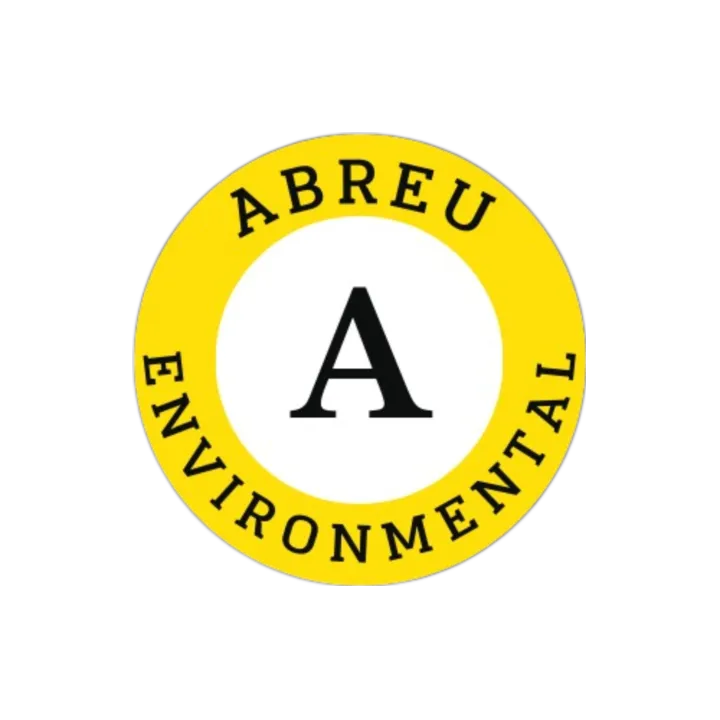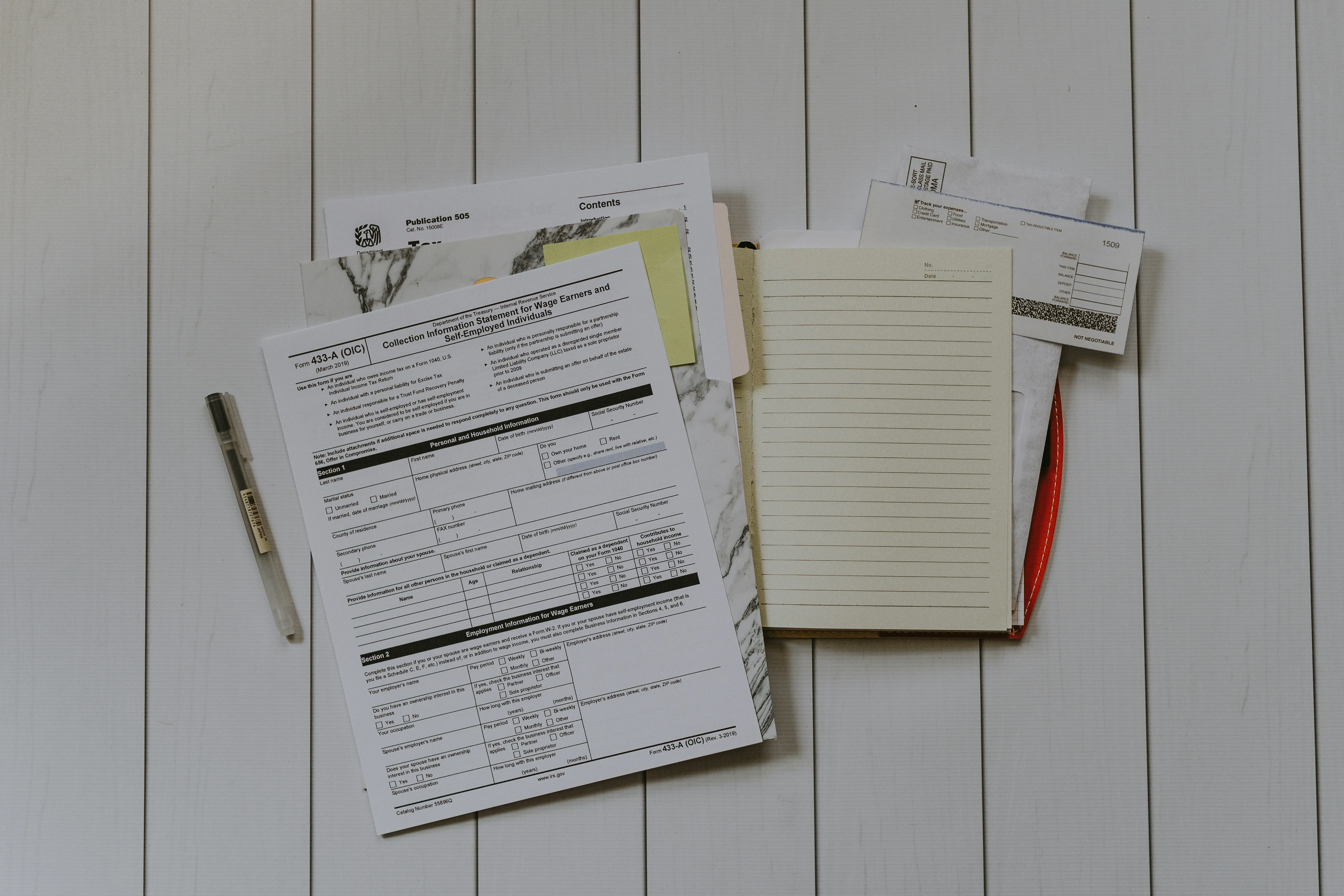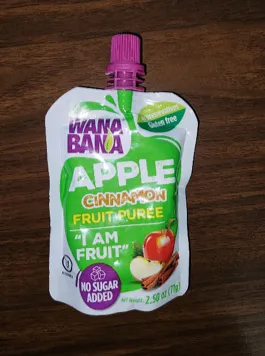Lead FAQ
Please check this page often for additional information because FAQs may be added or updated.
What is lead poisoning?
Lead poisoning is when a person’s health or body functions are negatively affected by lead contamination in what they eat, drink, touch, or breathe.
There are many factors that affect how different people’s bodies handle exposure to lead. These factors include a person’s age, nutritional status, and genetic makeup, as well as the source of lead and length of their exposure.
If you are concerned that you or a family member have been exposed to lead, contact your health care provider to get a blood lead test. Based on the results of the test, actions can be taken to reduce further exposure to lead and connect you to recommended treatment and services.
Lead poisoning is 100% preventable.
Is there any safe level of lead for a child?
No safe blood lead level in children has been identified. Children are especially at risk from lead because of their small size and developing brains. Lead exposure can affect nearly every system in the body. Even low levels of lead in blood have been shown to affect a child’s IQ, ability to pay attention, and academic achievement.
Removing all sources of lead exposure is important before a child is harmed.
How do I know if my child has been exposed to lead?
A blood lead test is the most common way to find out if your child has been exposed to lead and has a detectable blood lead level. Most children with detectable levels of lead in their blood have no obvious symptoms.
If you think your child may have been exposed to lead, talk to your child’s health care provider about getting a blood lead test. Your health care provider and most local health departments can test for blood lead. Many private insurance policies cover the cost of testing for blood lead. Children covered by Medicaid are eligible for free testing. Contact the appropriate childhood lead poisoning prevention program in your area for questions about testing for lead. Another source of information is the Pediatric Environmental Health Specialty Unit (PEHSU) in your region of the country.
How do I know if my child is at risk?
Any child can be exposed to lead. However, some groups of children are at higher risk, including children who:
- live in homes built before 1978 with paint that is chipping, peeling, or in poor condition
- are living in lower-income families
- are members of racial-ethnic minority groups, such as non-Hispanic African-Americans
- are recent immigrants from countries with lead in the environment
- live in pre-1978 housing with recent, ongoing, or planned renovation or remodeling
- have siblings, housemates, or playmates with known lead exposure
- have parents or household members who are exposed to lead at work or through a hobby
- live near active lead and other types of smelters, battery recycling plants, or other industries that release lead into the air
- are exposed to lead through consumer products such as:
- imported candy and candy wrappers, spices, and toys or jewelry
- traditional folk medicines and cosmetics
- herbal and Ayurvedic remedies
- lead-glazed antique or handmade pottery or cookware
- leaded crystal glassware
What can I do if my child has an elevated blood lead level?
Your child’s doctor or health care provider is the best resource for addressing issues about your child’s health.
If your child has an elevated blood lead level, your doctor may recommend actions such as finding and removing lead from your home, feeding your child a diet high in iron and calcium, connecting your child to early educational services, and follow-up blood lead testing. Early intervention is key to reducing long-term effects.
At very high levels of exposure, your doctor may recommend further types of testing, such as an x-ray, or chelation therapy to remove some lead from the blood.
A summary of recommendations for follow-up and case management of children based on confirmed blood lead levels can be found here.
Can lead affect my baby during pregnancy?
Researchers continue to study how lead exposure might affect a developing fetus or infant. High blood lead levels during pregnancy can result in:
- bleeding,
- miscarriage (death of fetus), or
- stillbirth (dead at birth).
Lead can cross from the mother to the baby starting at about the 12th week of pregnancy. The amount of lead in the mother’s blood and in the baby’s blood is about the same. Lead that is stored in a mother’s bones from past long-term exposure can be released into the blood during pregnancy. This means that the level of lead in a pregnant woman’s blood can start to increase during pregnancy.
Exposure to lead during pregnancy does not appear to increase the risk of birth defects. But, high levels of lead in the blood during pregnancy could affect the baby’s growth. This could cause low birth weight or premature delivery. Exposure to lead might also affect a baby’s:
- hearing,
- vision, and
- ability to learn
Can lead poisoning be cured?
There is no cure for lead poisoning. That is why preventing exposure to lead, especially among children, is important. Finding and removing sources of lead from the child’s environment is needed to prevent further exposure.
While there is no cure, parents can help reduce the effects of lead by talking to their doctor and getting connected to learning, nutritional, and behavioral programs as soon as possible.
How do I protect my family from lead exposure?
It is important to find out the year your home was built. If your child spends a lot of time somewhere else, like a grandparent’s home or daycare, you should also find out the year when that place was built. In homes or buildings built before 1978, assume that the paint contains lead unless tests show otherwise.
You can protect your family from lead exposure by:
- Getting your home checked for lead hazards including lead-based paint if your home is built before 1978. Find a certified inspector or risk assessor at https://www.epa.gov/lead.
- Asking your local water authority if you have a lead service line. If there is lead in your tap water, take steps to reduce or eliminate exposure.
- Use only approved methods for removing lead hazards or use EPA- or state-approved Lead-Safe certified renovation firms.
- Fixing surfaces in the home that have peeling or chipping lead-based paint. If you rent, talk to your landlord about fixing this.
- Regularly cleaning floors, window sills, and other surfaces using wet methods if lead is present and take precautions to avoid lead dust when remodeling.
- Removing shoes or wipe soil off shoes before entering your house.
- Talking to your health care provider about testing your children for lead. Your pediatrician can check for lead with a simple blood test.
- Washing children’s hands, bottles, pacifiers, and toys often if lead is present.
- Making sure children eat nutritious meals high in iron and calcium.
How can I safely remediate my house if it has lead in it?
Houses can be safely renovated by lead-safe certified contractors. The United States Environmental Protection Agency’s (EPA) Renovation, Repair and Painting Program describes steps contractors can take to safely renovate older homes. A certified risk assessor can help you decide whether abatement (eliminating lead hazards completely) is a better option for you.
How do I find out if my household water has lead in it?
The only way to know whether your tap water contains lead is to have it tested. You cannot see, taste, or smell lead in drinking water.
Your local water authority is your first source for information about the lead content of your tap water. Many public water providers have data on drinking water quality, including lead levels, as part of their annual Consumer Confidence Reports. You can find links to these data and more on the Environmental Protection Agency’s (EPA).
You can also check EPA’s Drinking Water and Wastewater Laboratory Network for information on how you can have your water tested for lead and other contaminants.
Page last reviewed: July 30, 2019
Content source: National Center for Environmental Health,
Division of Environmental Health Science and Practice



